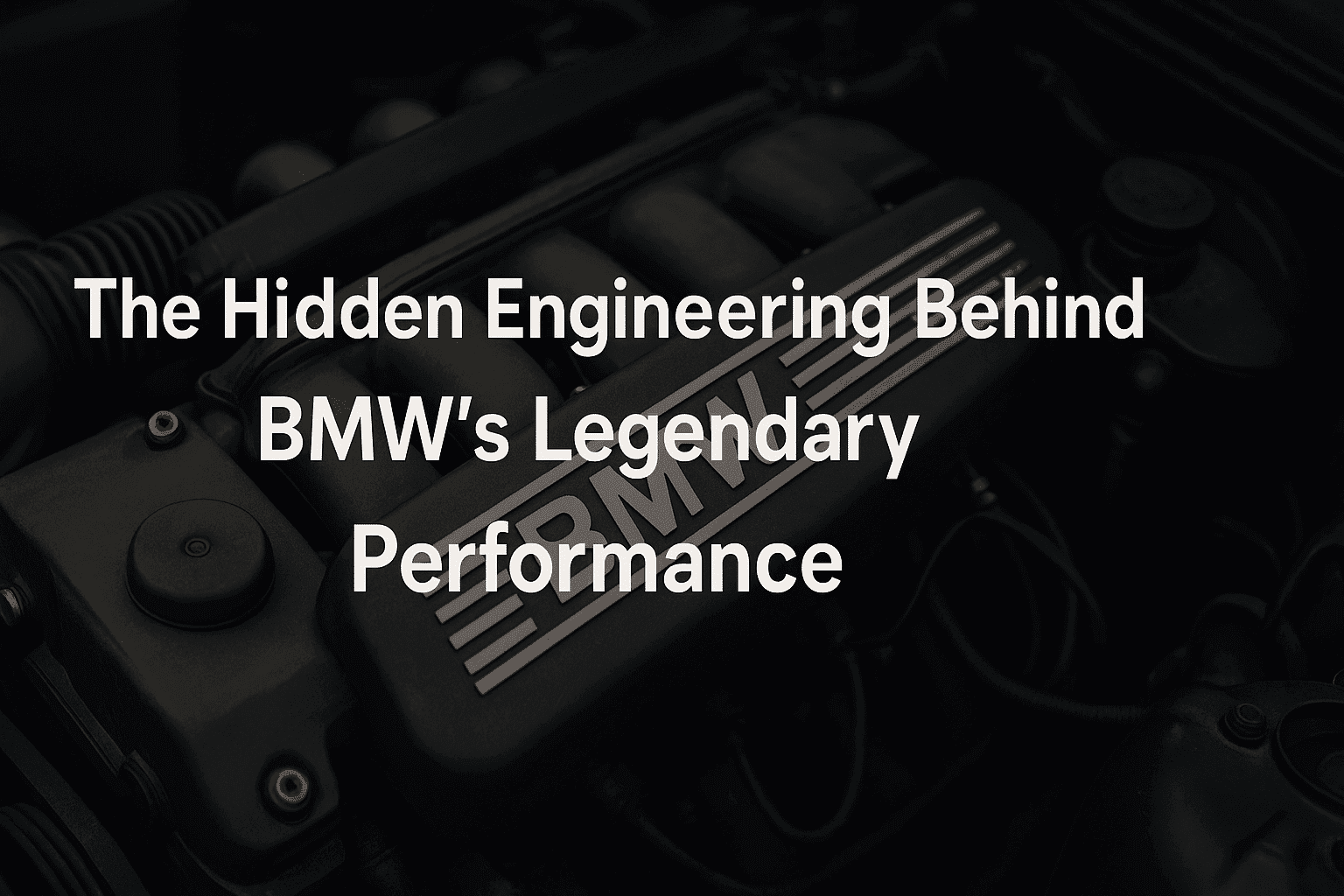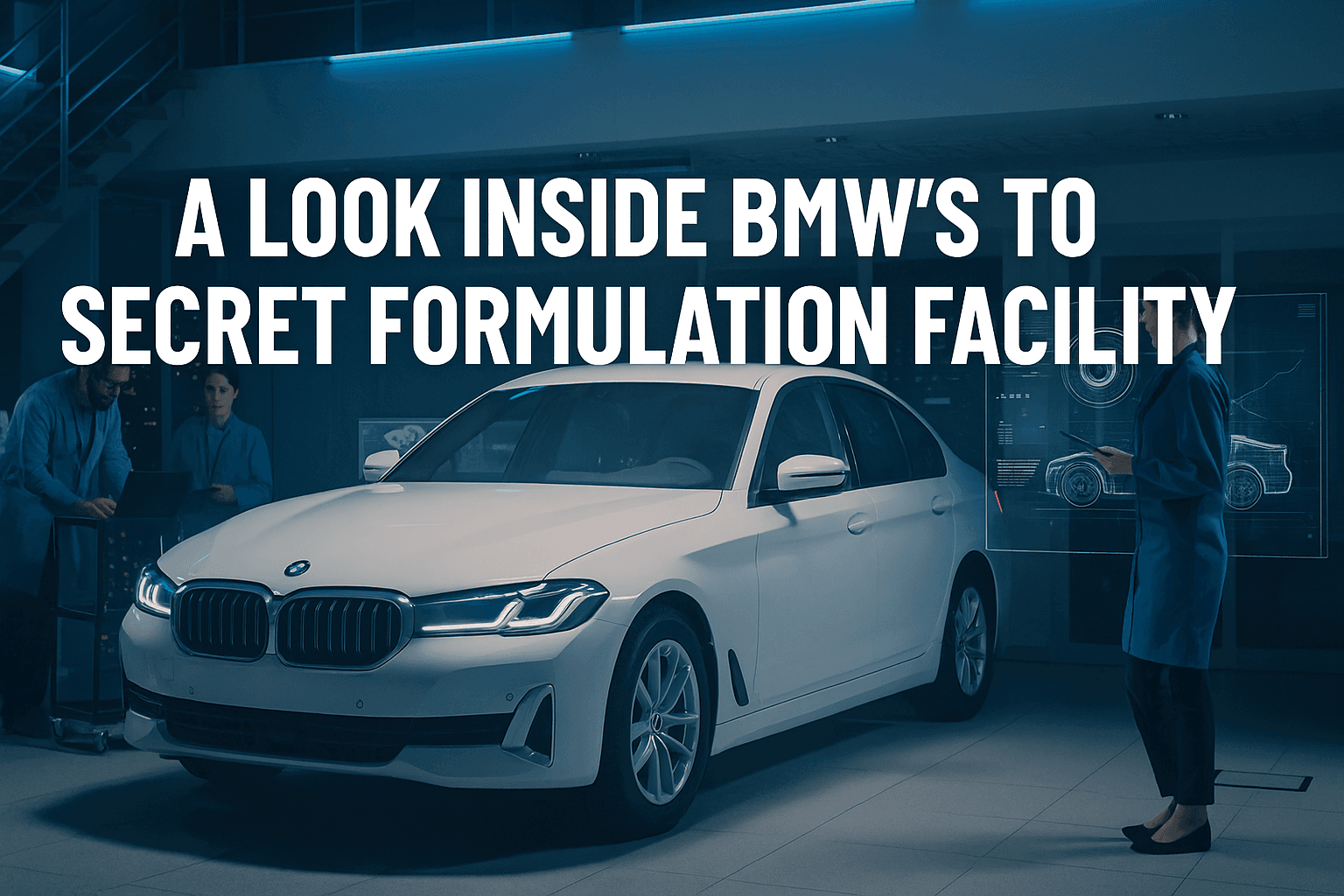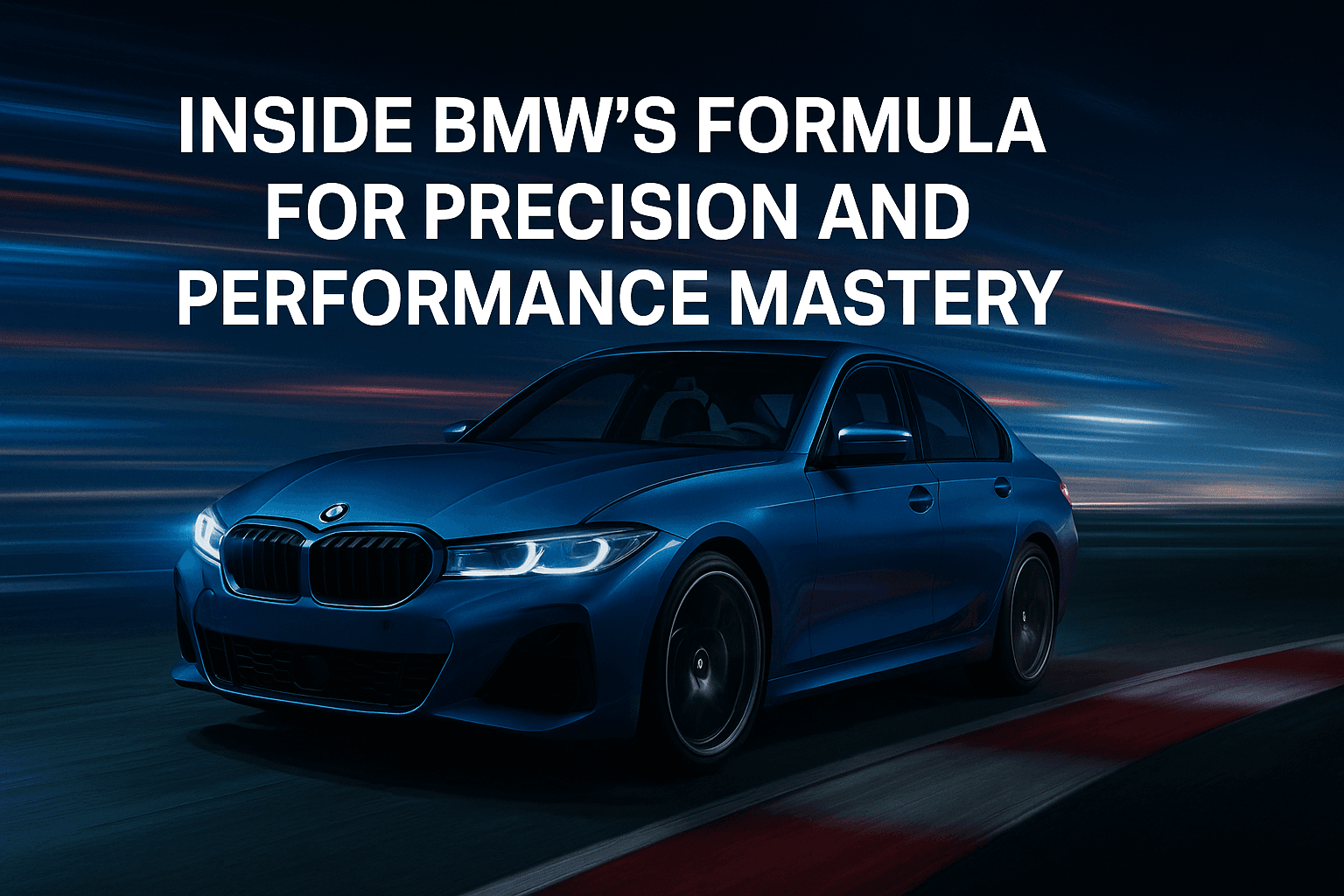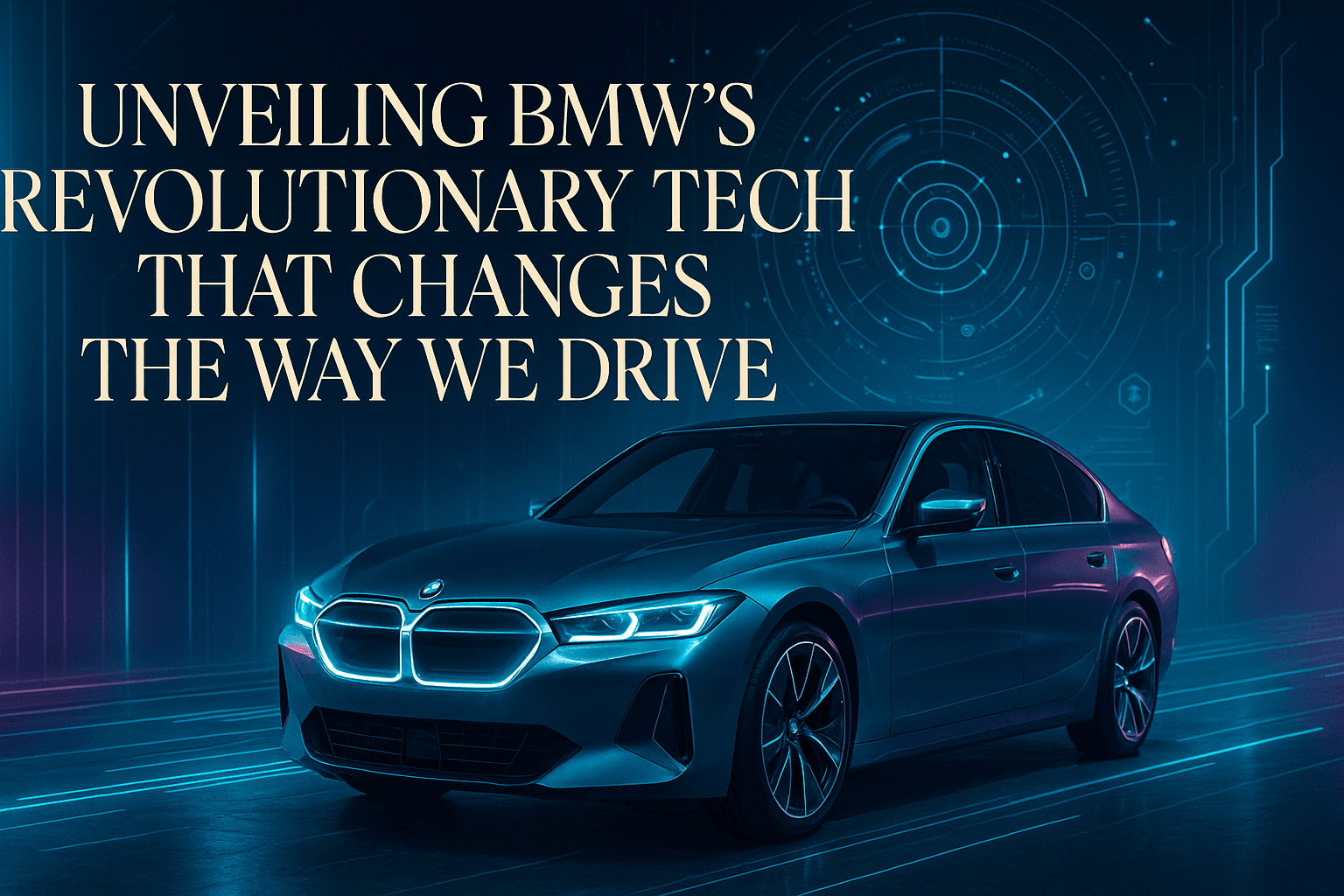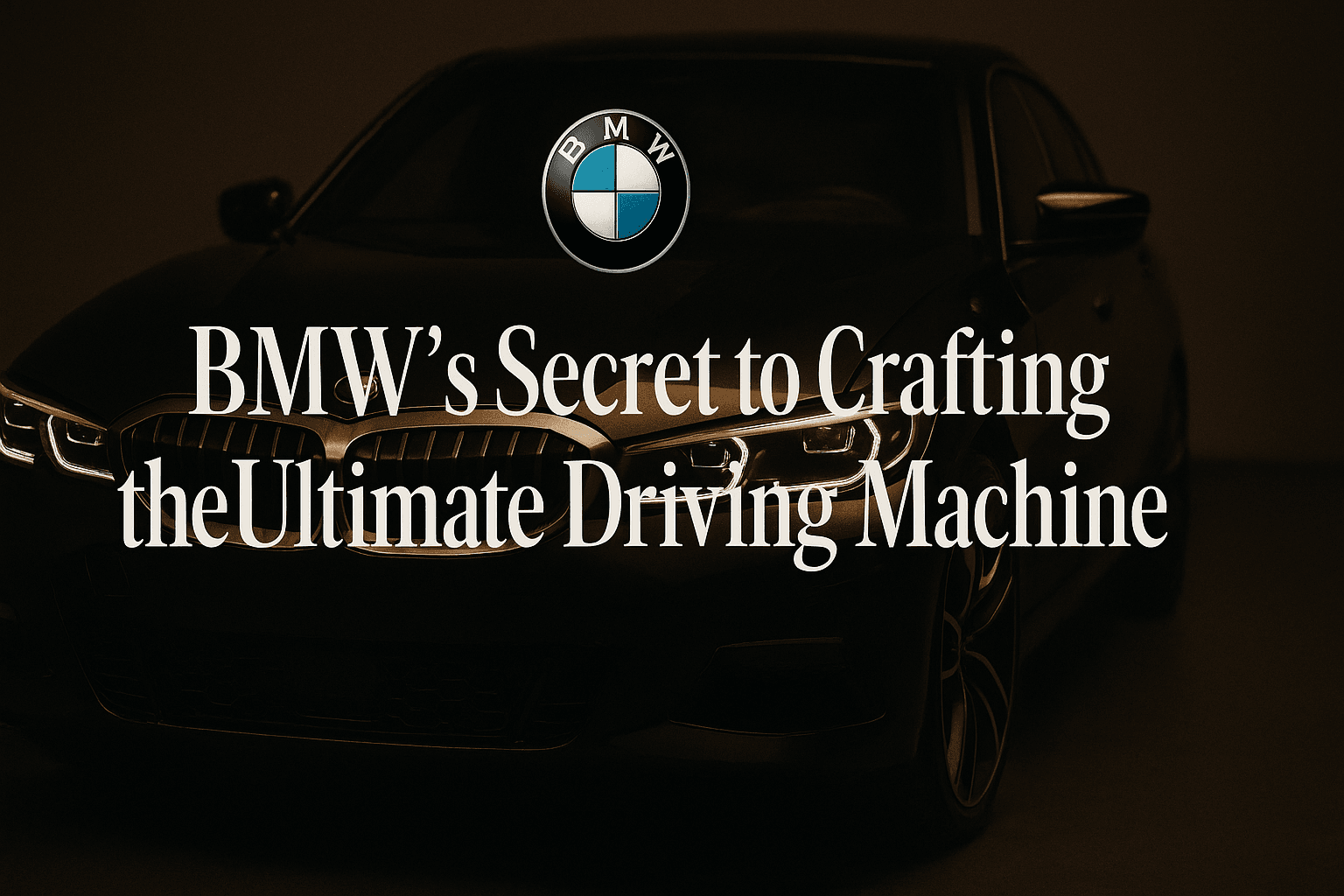BMW, which is known for its strength, performance, and agility, is usually at the top of the premium automobile market. But what lies beneath these sophisticated gadgets’ exteriors? BMW’s well-known performance is the result of decades of marketing, but it is also the result of deeply rooted engineering principles, constant innovation, and an unwavering pursuit of excellence.
A Legacy of Precision Engineering
BMW’s success is based on its unwavering commitment to precision engineering. From 1917, when it began producing aviation engines, to the 1920s, when it introduced its first car models, BMW established a reputation for exquisite craftsmanship. This is still the same philosophy. Because every engine, chassis, and transmission is expertly crafted, BMW has been able to produce long-lasting automobiles.
Think about the iconic BMW inline-six engine. It is a technical marvel that balances power and smoothness to give performance enthusiasts the best of both worlds. Unlike traditional engines, BMW’s inline-six engine is meticulously designed for balance. Because it uses fewer parts and delivers a smoother power delivery than a V6 engine, it helps BMW maintain its reputation for excellent driving performance.
The Function of Aerodynamics
The shape of a BMW is not merely the product of artistic judgment, but rather of scientific research. In state-of-the-art wind tunnels, BMW engineers spend countless hours refining the aerodynamic profile of their vehicles. Every element, including the hood’s curve and the rear window’s slope, is intended to cut through air as efficiently as possible.
The sportier BMW models that best demonstrate this emphasis on aerodynamics are the M4 and i8. Expert engineering that maximizes downforce and minimizes drag makes these cars not only fast but also stable at high speeds. Drivers can travel on a freeway or a winding mountain road with unparalleled control and stability when they strike this delicate balance.
Appropriate Use of Low-Profile Materials
One of BMW’s most important performance-sustaining tactics is the company’s astute use of lightweight materials. BMW frequently sacrifices weight to improve durability through materials science innovation, defying the trend of performance cars. BMW uses high-strength steel, aluminum, and carbon fiber sparingly in order to reduce weight without sacrificing structural integrity in a number of vehicle components.
The body of the BMW i3, for instance, is built around a carbon fiber-reinforced polycarbonate passenger cell, greatly reducing the car’s weight without compromising safety. Because of its lightweight design, the car’s electric engine will operate at peak efficiency, extending its range without requiring a large battery. In a similar vein, BMW’s M series and sports sedans use a lot of aluminum to reduce weight, which improves handling, acceleration, and fuel efficiency right away.
The Traditional 50:50 Weight Distribution
BMW cars stand out for their unwavering dedication to maintaining the optimal 50:50 weight distribution. Because the vehicle’s mass is distributed evenly between the front and rear axles, driving becomes more balanced.
Achieving this weight balance involves more than just placing the components exactly right. BMW engineers have made sure that every part of the car, from the gearbox to the engine, fits into this exact balance. Because of this, the car responds to steering inputs more consistently, giving drivers a sense of control and connection that is unmatched by other automobiles.
Driving Dynamics: Not Just Power
Beyond just power, BMW cars are known for their driving qualities. Even though the brand’s engines can produce incredible performance, the skillful fusion of numerous components creates the unique BMW experience. In particular, the company’s rear-wheel-drive design enhances driving pleasure by providing more precise steering and a dynamic feel that front-wheel-drive cars cannot match.
In recent years, BMW’s all-wheel-drive xDrive technology has increased the versatility of the lineup. When driving on slippery surfaces or braking out of a tight turn, xDrive intelligently distributes power between the wheels for the best traction and stability without compromising BMW’s legendary handling.
Technology and Tradition Collide
BMW has always been a progressive business that incorporates state-of-the-art technology while preserving its cultural heritage. One excellent example is the company’s recent attempts to electrify itself. BMW’s development of electric powertrains, as seen in the iX and i4, shows that the company can adapt to changing times while maintaining its iconic driving experience, even though it is best known for its high-performance gas engines.
BMW’s iDrive technology has also revolutionized how drivers interact with their cars. Its straightforward control system, which integrates navigation and climate control, allows the driver to focus on the road. The latest model, iDrive 8, features a sleek, curved screen and AI-powered software that adjusts to the driver’s preferences to increase safety and convenience.
At final though, Building fast cars is only one aspect of the secret engineering that goes into creating a BMW’s legendary performance; another is creating an elegant and exhilarating driving experience. From meticulously crafted engines to the meticulous attention to detail in aerodynamics, materials, and weight distribution, BMW is constantly pushing the boundaries of what is practical in the automotive industry.
This brand flawlessly blends tradition and innovation, with each vehicle attesting to decades of experience and an unwavering pursuit of excellence. As a result, for many people, a BMW is a performance symbol rather than just a car.
